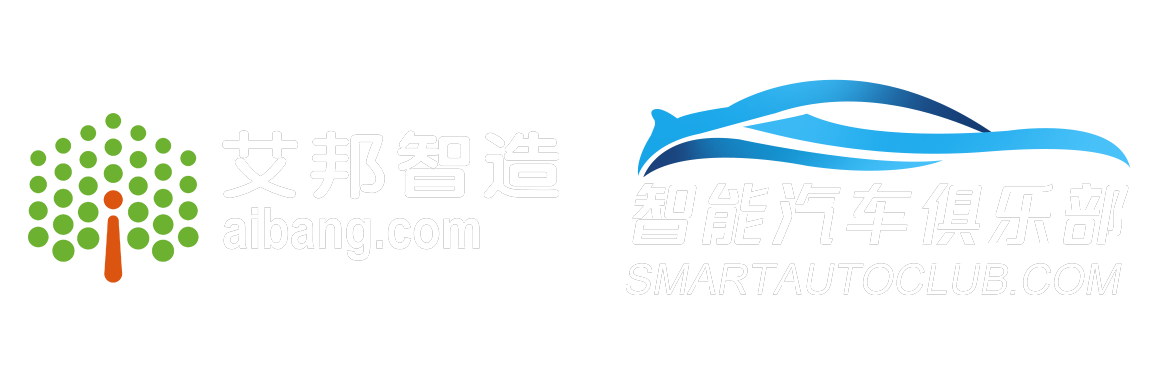车载智能玻璃作为汽车设计的重要组成部分,集成了遮阳、变色、车窗显示等各种功能和触摸、语音、手势等各种交互方式,这将进一步提升驾乘者的用户体验。
场景化设计
智能车窗的场景化设计包含了自动化调节、车辆状态显示、健康监控、娱乐信息显示等方面,为乘客提供了更加舒适、安全和便捷的驾驶体验。

车窗变色
智能车窗的设计可以根据环境光线、驾驶员偏好和驾驶状态等因素来自动调节玻璃窗的透明度和色度,以确保显示内容的清晰度和可读性,使驾驶更加舒适、私密和安全。
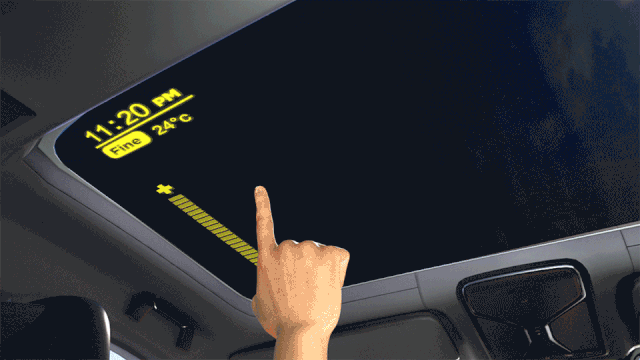
车辆状态显示
车辆状态显示为用户提供了更直观的驾驶体验,比如,问候语、充电状态显示、导航(显示路线信息、交通状况等)、婴幼儿遗忘提示、出租车内部(余位信息等)信息显示等。
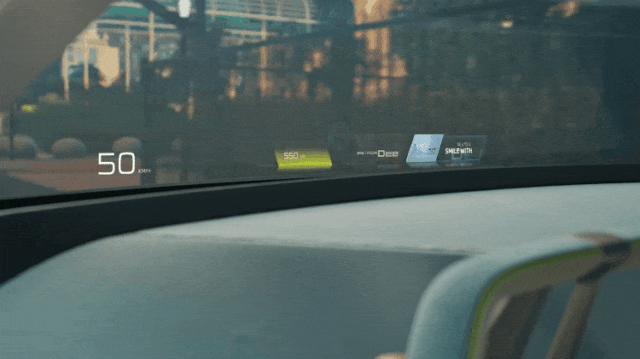
当驾驶员想要转向时,车窗可以通过显示“左转、右转”等信息来使行人了解当前驾驶信息,以保证驾驶安全。
除此之外,在出租车驾驶场景中,车窗还可以通过显示用户昵称和头像以方便用户快速找到车辆。

天气状况显示
智能车窗可以显示当前的天气状况,如晴天、多云、下雨、下雪等天气,并提醒乘客带伞等信息。这对于驾驶员和乘客来说非常有用,可以帮助他们更好地了解当前的天气情况,从而做出相应的决策。
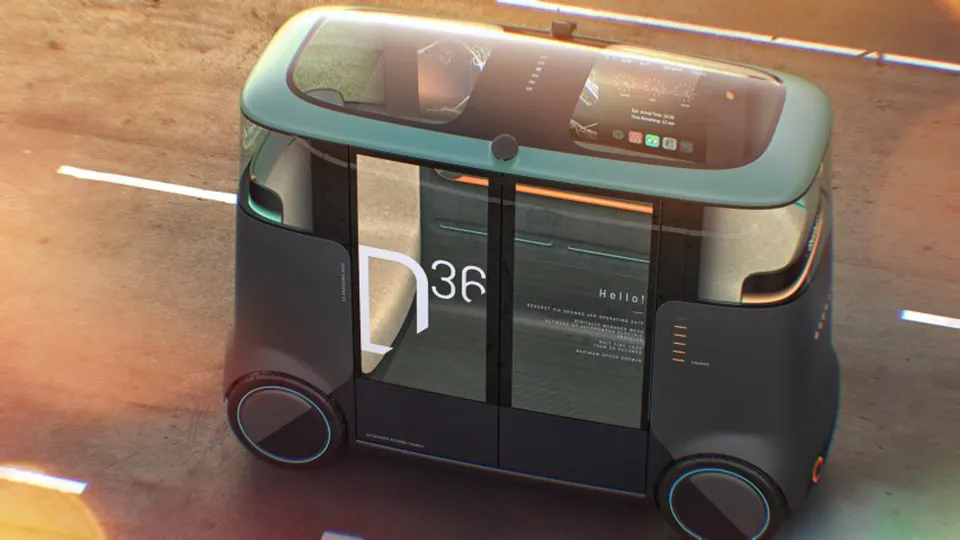
健康监控
通过智能玻璃来收集用户身体信息,并在智能玻璃上显示,以使用户能够更为直观的了解自身状况。

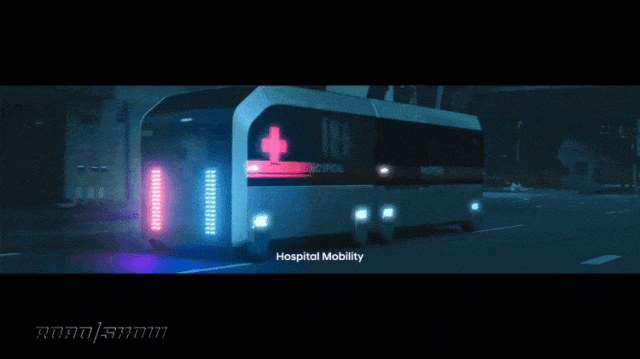
娱乐信息设计
车内娱乐信息显示被应用于车窗、天窗的显示,比如,音乐、电影、游戏、会议、广告(比如附近景点信息)、学习(针对儿童做的车窗交互)、直播等设计,为用户提供了更加丰富多彩的乘车体验。
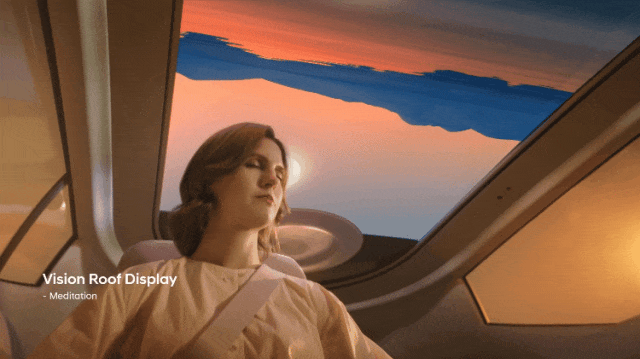
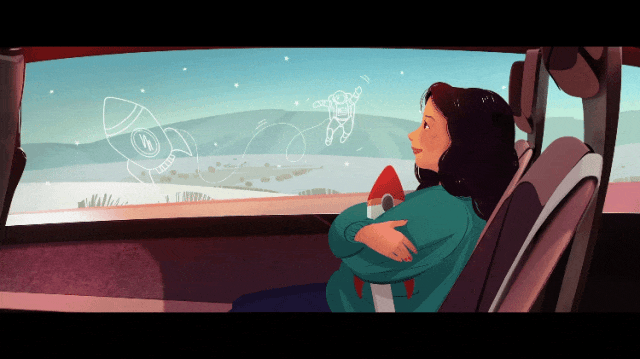
现代概念车IONIQ 7的天窗设计就可以通过天窗来开直播。

在未来,车载智能玻璃还可能会支持多屏互动功能,即多个显示区域可以独立或协同工作,显示不同的内容。这种设计可以满足驾驶员和乘客的不同需求,提高车载娱乐系统的多样性和实用性。

功能集成化
车载智能玻璃将支持多种智能化功能的集成,如人脸识别、智能语音、眼球追踪、AR/VR等,以提升驾驶的便捷性和安全性。比如,宝马 i Vision Dee便可以实现将驾驶者虚拟形象投射到侧窗上,形成全新的人车互动。


除此之外,智能玻璃还可以作为一个放大镜、实现“盲人观景”等设计。比如福特Feel the View的智能车窗就可以实现“窗外风景的触摸化”,通过按下正中央的按钮,就可以拍摄窗外的风景。照片转变成高对比度的灰度图像,不同灰度的区域对应着不同的振动强度。由白到黑,振动强度由强到弱,振动强度更是被细分为255级。顺着相同的振动强度范围,窗外的风景将被勾勒成层次分明的线条,被正在触摸玻璃面板的用户所感知。除此之外,这套系统还配备了AI语音助手,用语言为用户描述窗外的风景。
这些设计除了可以应用于汽车,还可以被应用于高铁、飞机等智能座舱的设计之中。
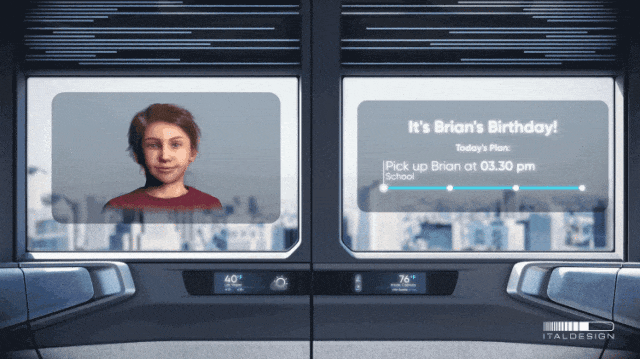
界面交互设计
车载智能玻璃的设计依然要遵循简洁直观的设计原则,界面布局应清晰明了,图标和文字应易于辨识,确保驾驶员能够快速获取所需信息。同时,界面设计还应支持个性化定制,以满足不同用户的操作偏好。
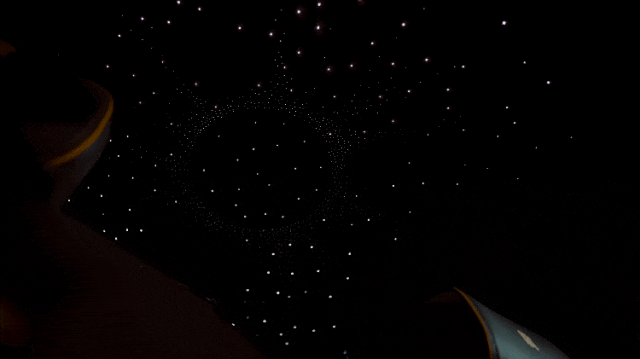
除此之外,设计时还应考虑到驾驶员的视线范围和注意力分配,确保显示内容既全面又易于观察。显示内容应包括导航指示、车辆状态、交通信息、娱乐内容等,并能够根据驾驶环境和用户需求动态调整显示内容和布局。

在安全性和隐私性方面,智能玻璃还应采取措施防止屏幕反光、眩光等问题。此外,系统应具备故障检测和自我修复功能,以确保在紧急情况下仍能正常工作。并在处理用户信息时,采取加密技术、访问控制等措施保护用户数据的安全性,防止信息泄露和滥用。
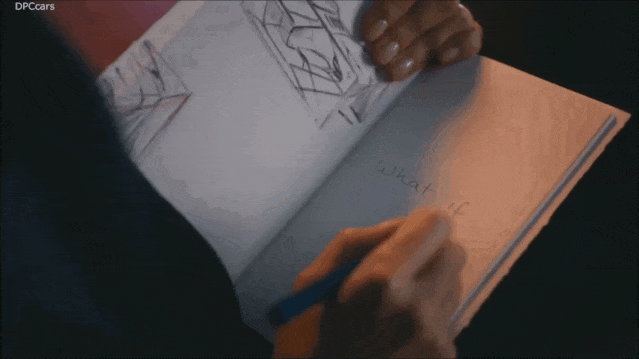
未来,智能玻璃的发展趋势将更加注重用户体验和智能化,通过不断优化和创新设计,车载智能玻璃将为驾驶员提供更加智能和自然的交互。
原文始发于微信公众号(普修科技):车载智能玻璃设计的创新与实践
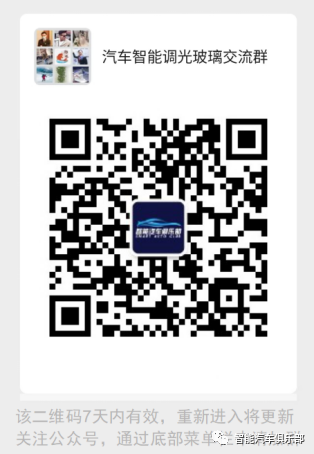 欢迎加入调光玻璃通讯录,目前比亚迪,光弈,极氪,福耀玻璃等已加入,可以筛选以下标签查看名录
主机厂 汽车配件 应用终端 材料 镀膜 玻璃 设备 变色材料 电致变色 调光薄膜 调光玻璃 PDLC 其他
欢迎加入调光玻璃通讯录,目前比亚迪,光弈,极氪,福耀玻璃等已加入,可以筛选以下标签查看名录
主机厂 汽车配件 应用终端 材料 镀膜 玻璃 设备 变色材料 电致变色 调光薄膜 调光玻璃 PDLC 其他